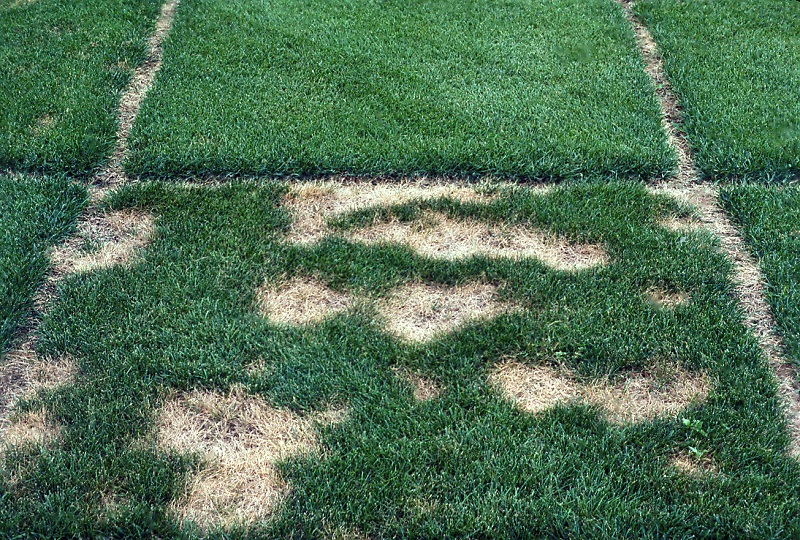Maintaining soil pH in an optimum range is important for maximizing the efficiency of nutrient use and can be important in reducing weed and disease problems. Turfgrass can withstand a rather broad range of soil pH, but 5.8 to 6.4 is generally considered ideal. Wide deviations from this range can result in reduced P and micronutrient availability and can interfere with soil N metabolism and availability. Depending on turfgrass species, problems in turf may start to occur at soil pH above 7.8 and below 5.4. Thus, to maximize efficiency of nutrient availability and use, soil tests should be taken as recommended previously for soil P and K to determine soil pH.
Recommended limestone applications to achieve a soil pH of about 6.4 are available. (See Nutrient Management Guidelines for Commercial Turfgrass Seeding. ) If diseases such as summer patch of Kentucky bluegrass or spring dead spot of bermudagrass are of concern, maintaining lower soil pH (5.4 to 5.7) may be desirable, and reduced or no limestone should be applied to achieve this level. Also, it is recommended, when practical, that limestone be applied approximately one month or more before seeding to minimize potential P availability problems and the potential for volatilization loss of applied N. While these recommendations should result in satisfactory establishment in most situations, many factors can impact whether modifications of these recommendations are warranted for a specific site.
Best Management Practices
- Test soil pH as part of soil testing.
- Adjust soil pH to recommended levels for a given turfgrass species and site.

Summer patch of Kentucky bluegrass cultivar differences in an NTEP trial. Photo credit: Thomas Turner.

